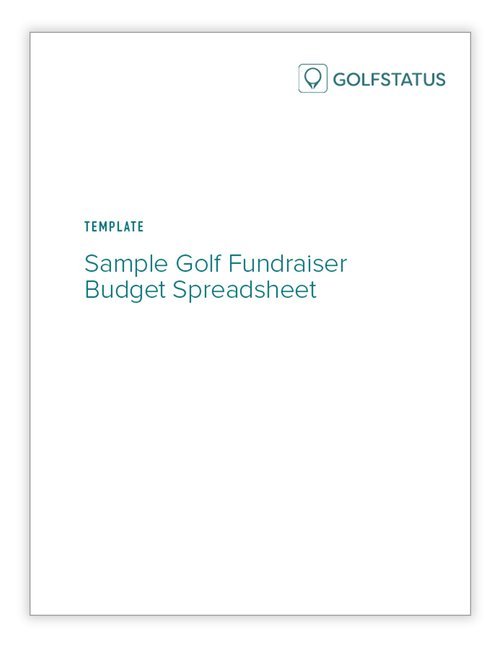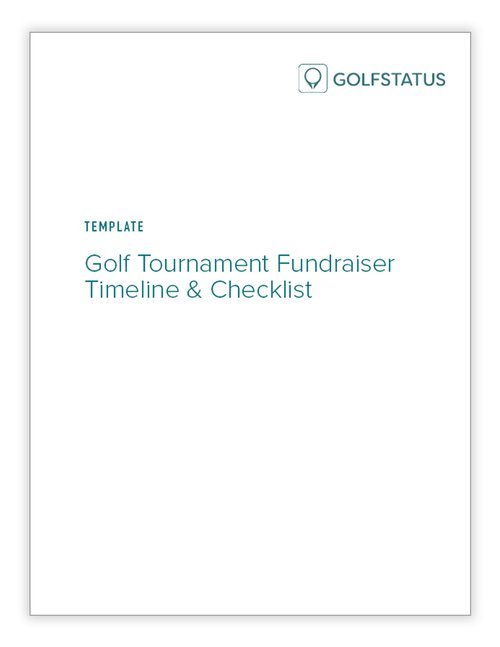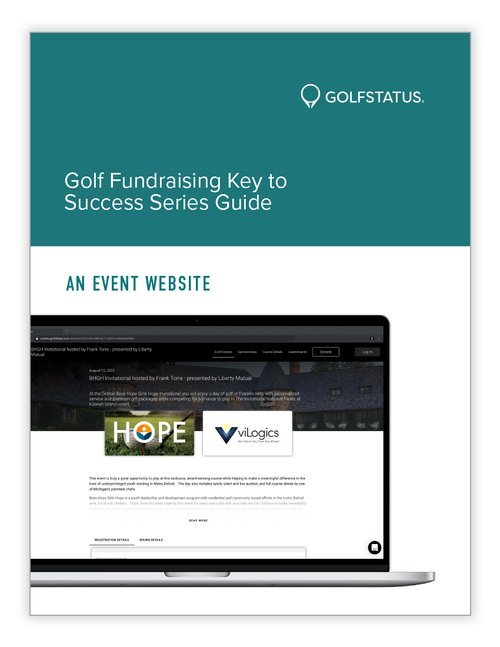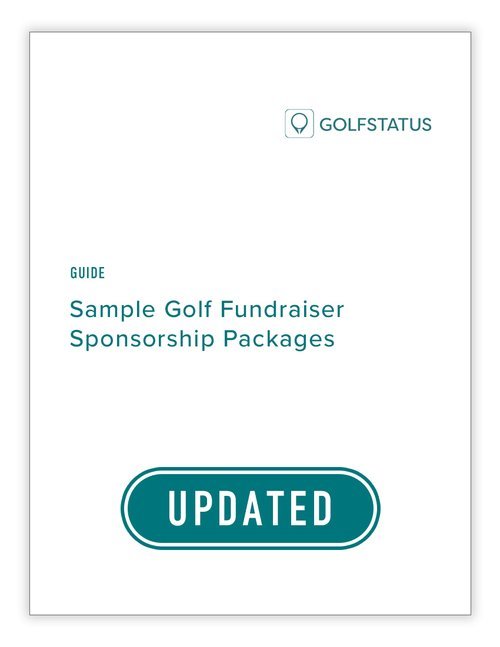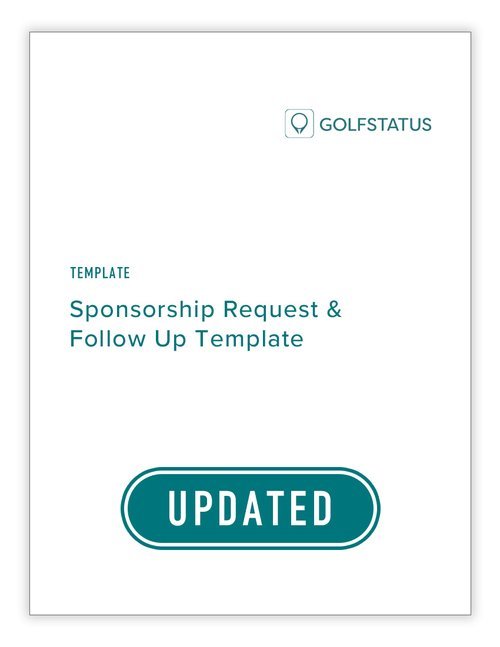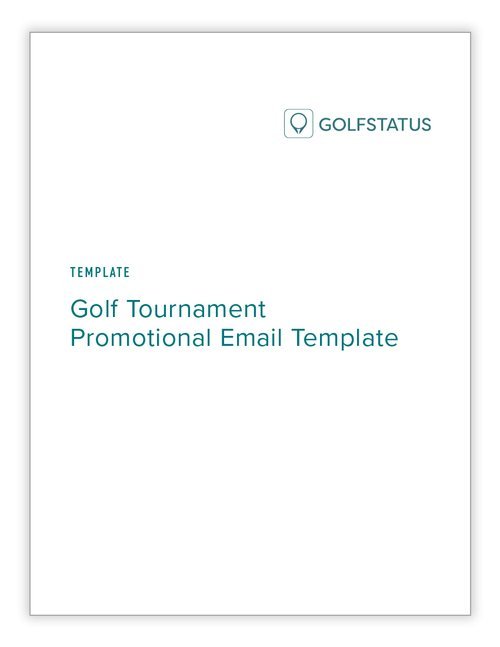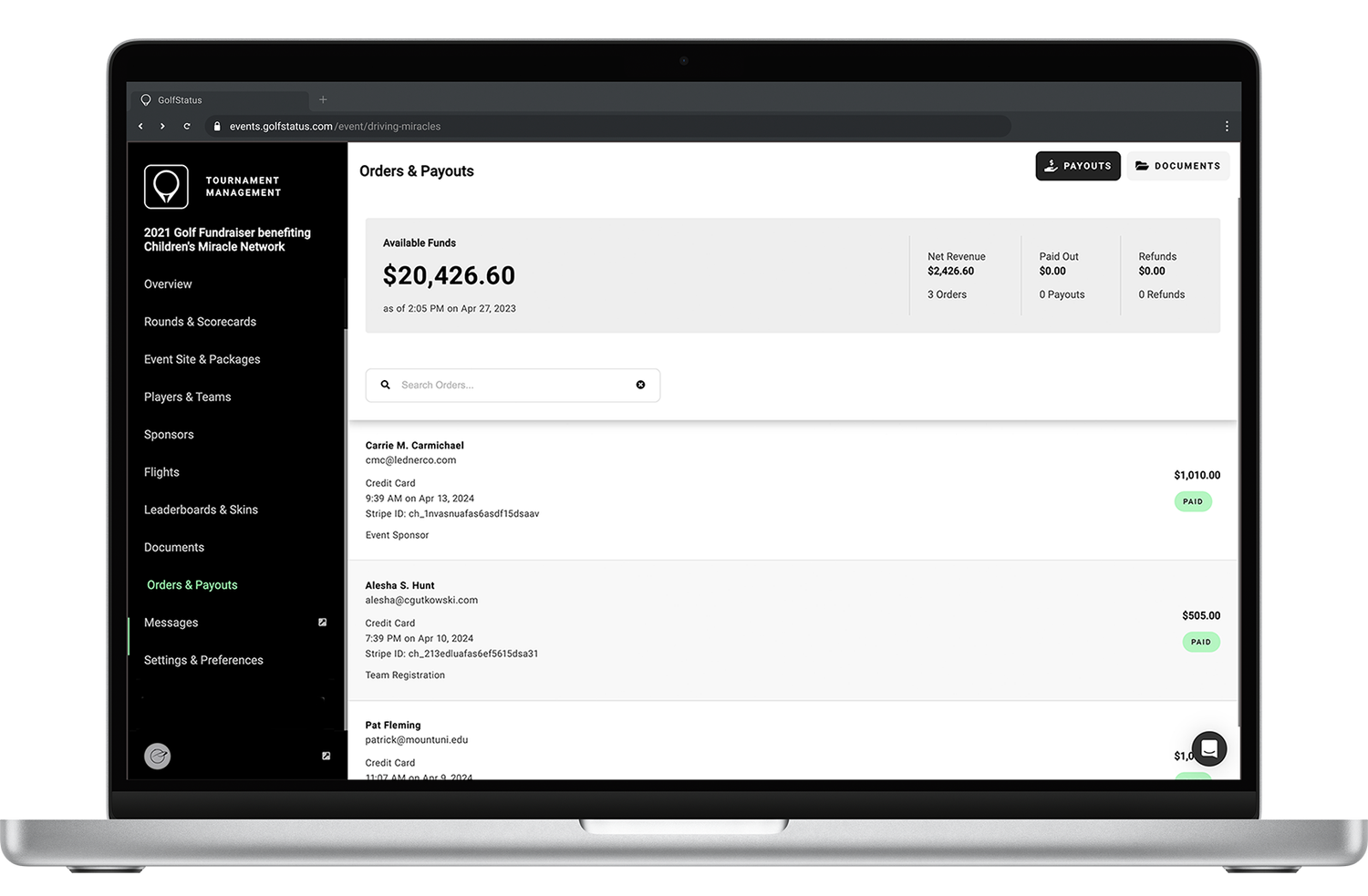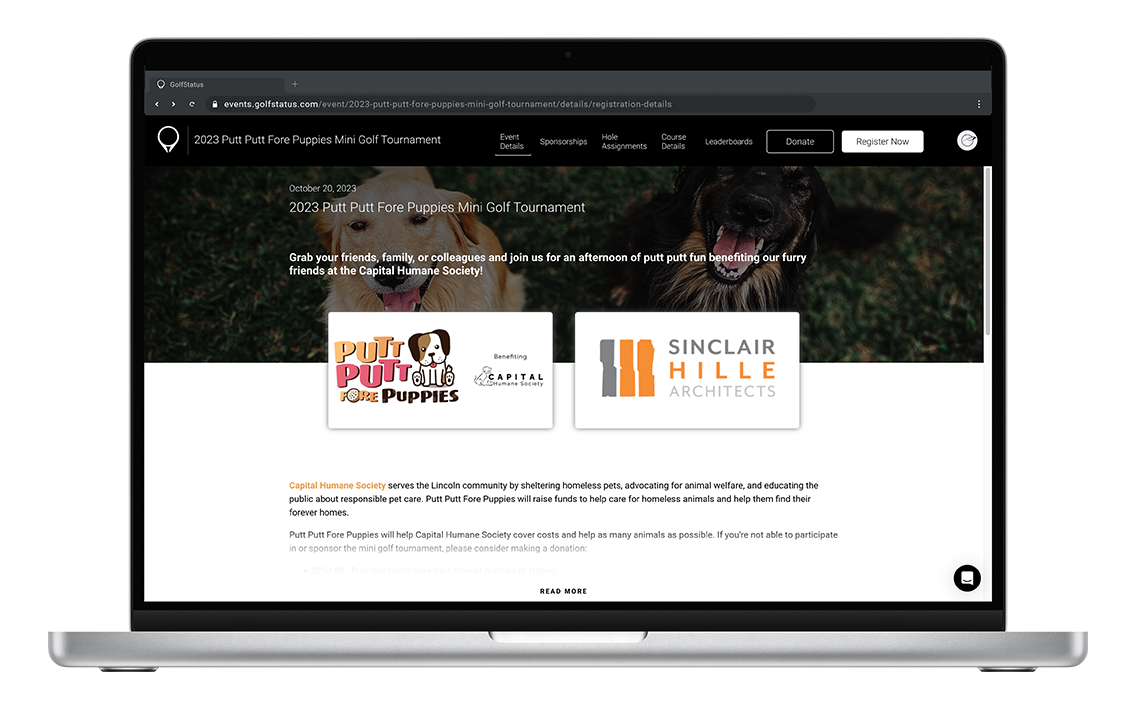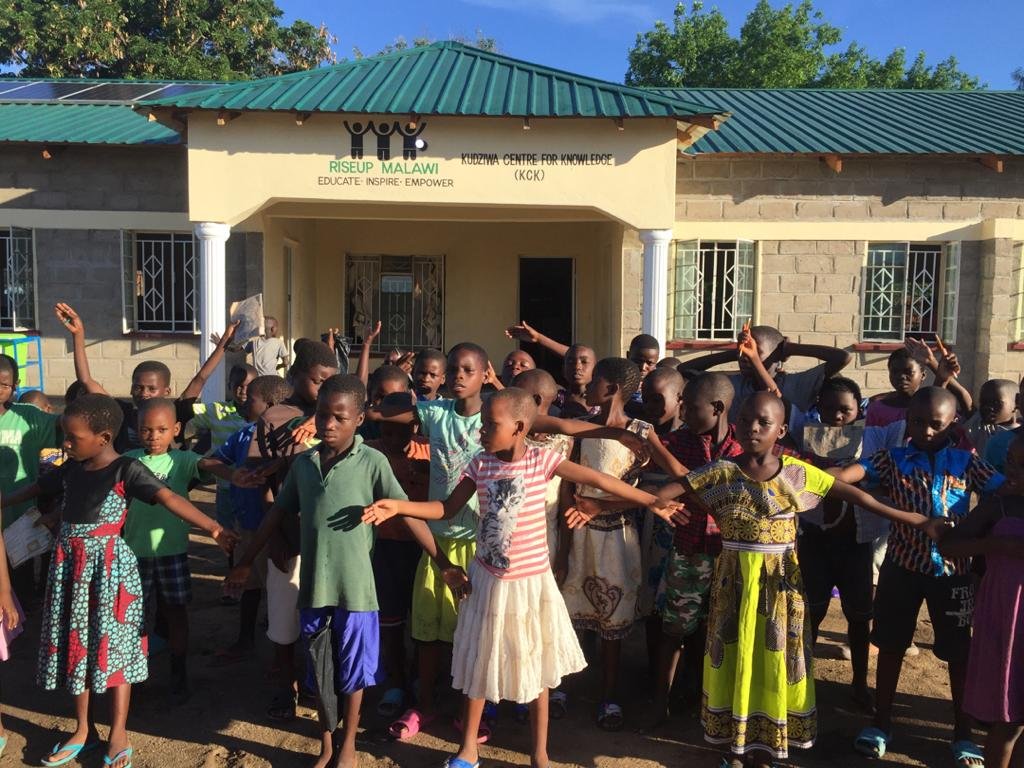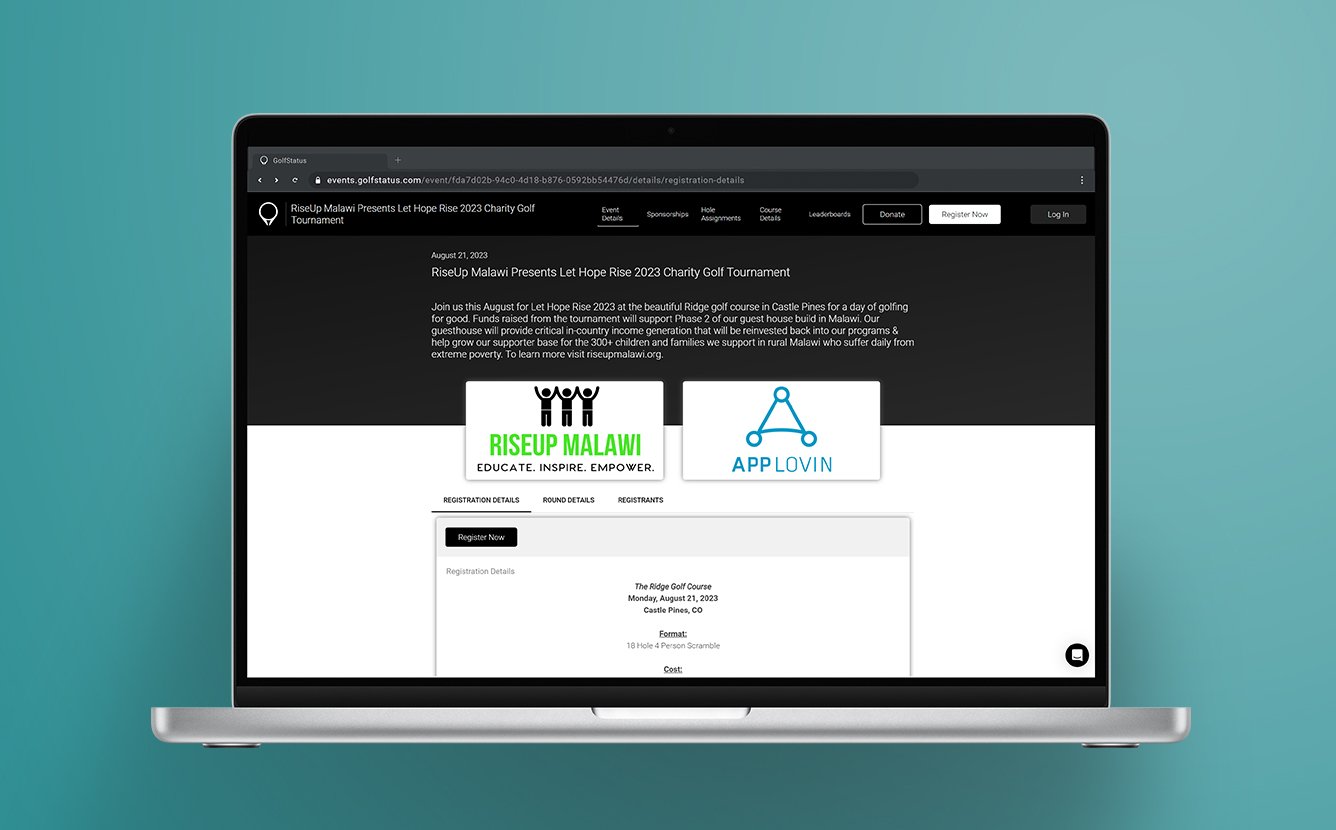Golf may not be the biggest thing in football-focused Klein, Texas, but the boys and girls golf teams are talented, passionate, and growing. “The kids get so much out of being on the golf teams,” says Andrea Vickers, president of the Klein High School Golf Booster Club’s board. Klein High School provides some funding for the teams, but unfortunately, doesn’t have the budget to fully subsidize all the teams’ expenses and needs.
The Klein High School Golf Booster Club helps fill the funding gaps between what the school provides and what the student athletes need to be successful.
That’s where the Golf Booster Club comes in. The club wants to make sure any student that wants to play golf for the BearKats has the opportunity to do so and has the tools and equipment needed to be successful. The combined team of nearly 30 student athletes is becoming more competitive in local and regional tournaments and getting more kids excited about golf.
Filling the funding gap between what the school provides and what the student athletes need requires significant dollars. “Golf teams can’t just go play in the school gym or football field,” Andrea says. “We have to go to area golf courses and that gets expensive.” Other team expenses include entry and travel costs for tournaments, plus greens fees for practice rounds, uniforms, and balls for each golfer.
The Booster Club launched a golf tournament to help raise funds to cover costs like travel fees, tournament entry, and equipment.
Three years ago, the booster club decided to launch a golf tournament as the best option to raise as much money as possible. The first tournament was successful in terms of dollars raised, but the time and administrative burden on Andrea, her husband, and the rest of the planning team was significant. “We’re all busy parents that work full-time and shuttle kids to and from activities, so we really needed to get away from manual, time-consuming processes,” Andrea says. They used an online platform to manage registrations, but one that required much more time and attention than the team had to give. “It was loosely organized chaos!” Andrea says.
Read the [full case study] to find out how GolfStatus’ tournament management tech—which Andrea and her planning team were able to utilize at no cost through the Golf for Good program—streamlined the tournament from start to finish and prevented a whole bunch of stress.
Planning a Golf Tournament?
Whether you have a tournament on the calendar or are just exploring the possibility of a golf event, GolfStatus can help! With easy-to-use technology, tournament planning resources, and an industry-leading support team, you’ll be set up for success. Click the button below to learn how you can use GolfStatus at no cost through the Golf for Good program and get qualified!







